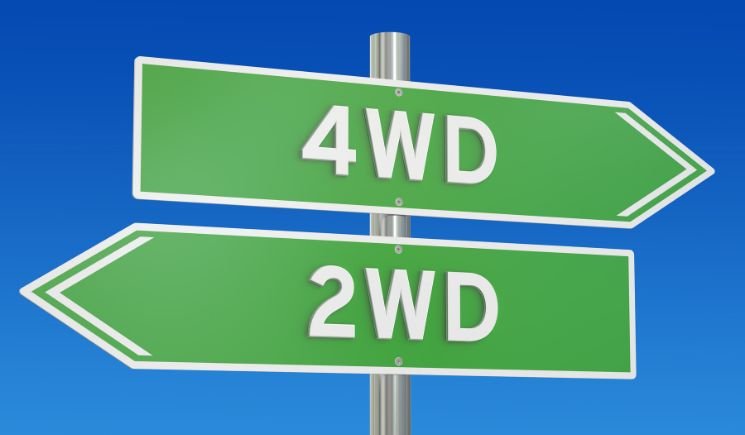Choosing between two-wheel drive (2WD) and four-wheel drive (4WD) is essential when purchasing a vehicle. While both have advantages, the type of drive system impacts performance and capability, especially when driving off-road or in poor conditions.
In this article, we’ll take a closer look at how 2WD and 4WD hub assemblies vary. We’ll examine the internal components in each and explain how they work to provide power to the wheels.
By breaking down these essential drivetrain parts, you’ll get a better grasp of how your vehicle’s drive system operates and what purpose the hub assembly serves.
Whether you want to upgrade your existing hubs or learn more about your truck or SUV’s underpinnings, learn the differences between 2WD and 4WD hub assemblies by reading on to this article.
2WD Hub Assemblies
- Typically consists of hub, bearings, grease seal, axle shaft, and brake assembly.
- Attach to either front or rear axle to transfer torque to wheels via axle shafts.
- Front-wheel drive uses front hub assemblies, and rear-wheel drive uses rear hubs.
- Bearings allow the hub to spin freely on the axle when needed (such as when coasting).
- Simple open or semi-floating axle design since power only goes to 2 wheels.
4WD Hub Assemblies
- Additional components like lockouts and actuators are onboard for engagement.
- A sturdier design is ideal for sending power to all four wheels instead of just 2.
- Often, use locking hubs to switch between 2WD and 4WD modes. This allows wheels to spin freely until 4WD engages via manual or automatic locker.
- Automatic locking hubs engage by using an electronic solenoid when 4WD mode is activated.
Performance Differences On Both 2WD And 4WD
- 2WD only powers two wheels, so it has less traction, especially in slippery conditions.
- 4WD improves traction because it can control the slippery conditions by spreading torque across all four wheels.
- 4WD allows driving on steeper hills, rough terrain, snow, sand, etc. This is because it has more power to accelerate.
- 2WD is a more straightforward design with less friction, so it has slightly better fuel economy.
- 4WD is engageable; therefore, you can switch between 2WD and 4WD as needed.
Frequently Asked Questions About the Difference Between 2WD And 4WD Hub Assembly
Q: What is the main difference between 2WD and 4WD hub assemblies?
A: The main difference is that 2WD hub assemblies transfer power to two front or rear wheels. On the other hand, the 4WD hub assemblies transfer power to all four wheels simultaneously.
Q: Why do 4WD vehicles need locking hubs?
A: Locking hubs allow the driver to engage or disengage in 4WD mode. This lets the front wheels to spin freely in 2WD mode to reduce wear and improve fuel economy when 4WD isn’t needed.
Q: Are 4WD hub assemblies bigger than 2WD hub assemblies?
A: Yes, 4WD hub assemblies need to be larger and more heavy-duty to transmit more torque to all four wheels instead of just two. The axle shafts, bearings and other components are larger when comparing to the 2WD.
Q: Can you switch a 2WD vehicle to 4WD?
A: Yes, you can upgrade a 2WD to 4WD, but it requires installing a new transfer case and driveshafts. This is actually a lot of work to do, but if you can find an expert to run the process, it can be done within a few days.
Q: Is it better to have 4WD in winter driving conditions?
A: Yes, 4WD provides better traction and control in snow, ice and slippery conditions by sending power to all four wheels, which helps to move freely without getting stuck.

